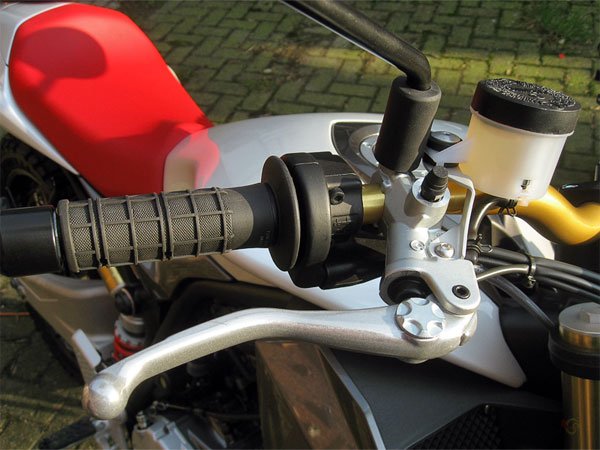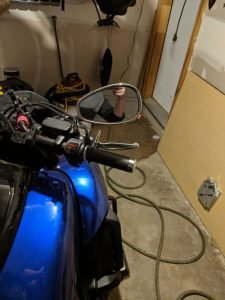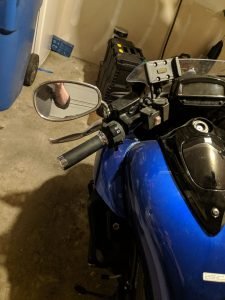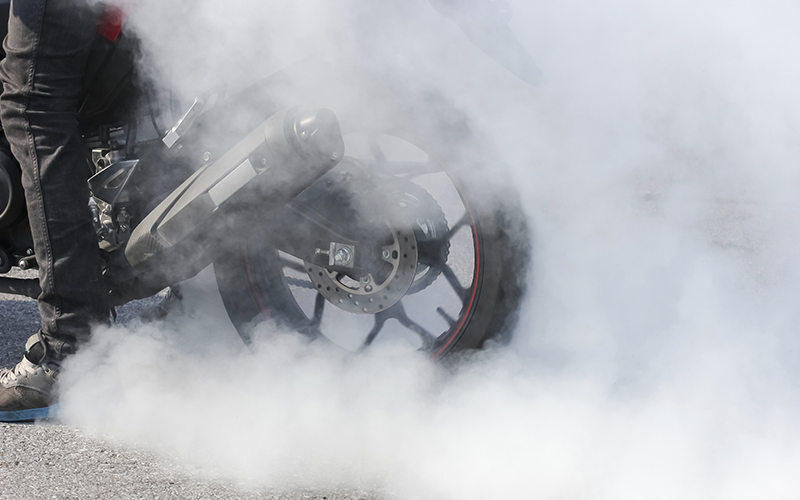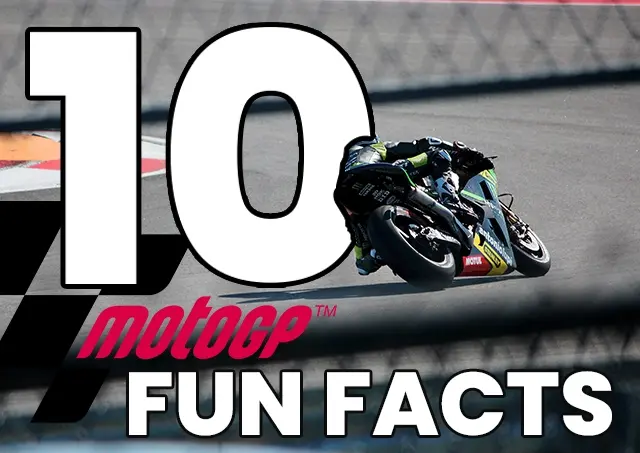As a new rider, the first thing you need to learn is how to use motorcycle brakes efficiently.
When switching from a conventional bicycle to a motorbike, you’ll need to take your time and develop your skills, just as you would with clutch lever control.
Because street motorcycles are so much heavier than the pedal bicycles most people are used to, their braking power and sensitivity often astound them.
When it comes to braking, motorcycles differ from automobiles. Because both brakes should not constantly be used, the vast majority of motorbikes have separate front and rear brakes.
FRONT BRAKES
The front brake is operated by a hand lever on the right side of the handlebars. It will be extremely beneficial to your riding career.
Some of my students have told me that they were taught not to use the front brake because it is risky. Only riders who don’t know how to use the front brake are at risk.
On a typical motorbike, the front brake provides 70 percent of the stopping power and much more on high-performance style bikes. This occurs as a result of weight shifting to the front tire while braking.
Some riders may regard the front brake as unsafe because no one taught them how to utilize it properly.
When applying the brake, use all four fingers, just like you did with the clutch, and be sure to return them to the hand grip when you’re done.
There should be very little dead zone movement in the lever while applying the front brake, so be cautious right away. You always apply brakes, not grasp them, regardless of the situation.
When teaching pupils how to operate the front brake, one of the techniques I teach them is to apply pressure on the lever one finger at a time.
- This avoids using too much pressure right off the bat and makes the brake application more predictable.
- There are techniques that allow you to use your front brakes while in a turn however as a new rider it is in your best interest to avoid using the front brake when turning.
REAR BRAKES
The rear brake is located just ahead of the right footpeg. Although the rear brake does not have the same stopping force as the front brake, it is more adaptable and vital.
Although the rear brake only provides about 30% stopping power, it can be employed in practically any situation that requires slowing and stopping.
The brake is simple to operate. All you have to do is use the ball of your foot to gradually apply pressure on the brake control. The rest is just a matter of getting used to it.
The rear brake has a dual purpose: it may be used to balance the bike and make it easier to maneuver at low speeds, making it ideal for parking lots, low-speed residential neighborhoods, and so on.
CLUTCH AND BRAKING EXERCISE
- You will need a paved flat roadway or parking lot.
- Pick up where the earlier exercise left off: ready position with the bike in gear.
- Instead of only partially releasing the clutch you will be slowly releasing the clutch all the way, so that the bike may start moving and pay attention to where in the clutch travel path the bike starts to inch forward.
- Make sure to put your left leg back onto the peg once you are moving.
- Be sure that both hands are back on the hand grips
- Go about 15-20 ft
- Pull in the clutch
- Apply both brakes evenly and gradually until you come to stop. Don’t forget to put the leg back down when you stop.
- Practice only putting your left leg down as you should be using your right foot for the rear brake.



